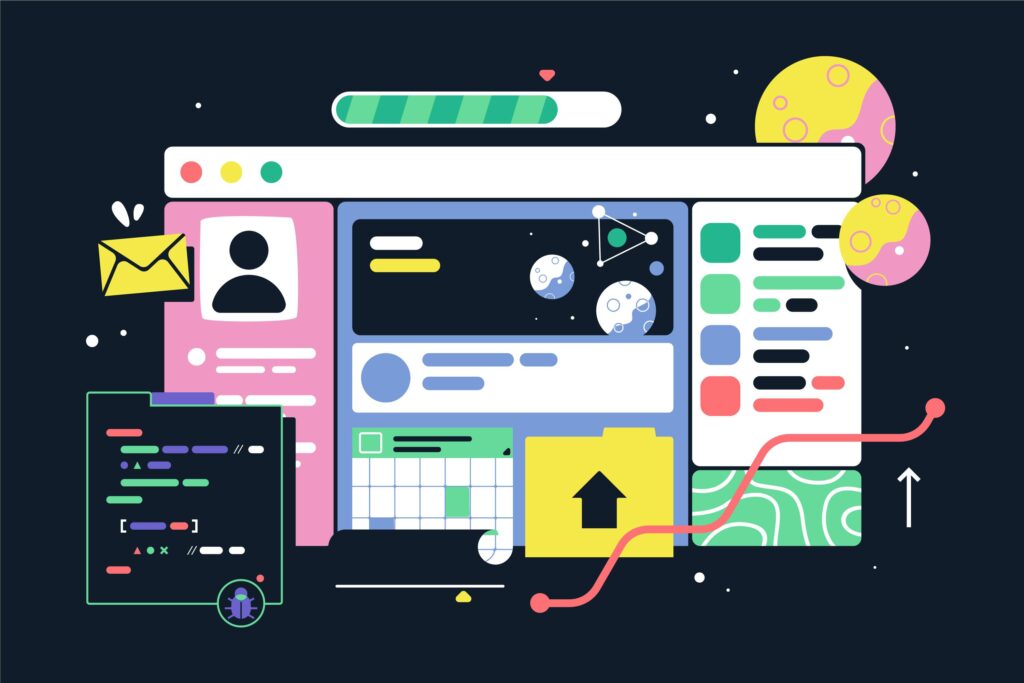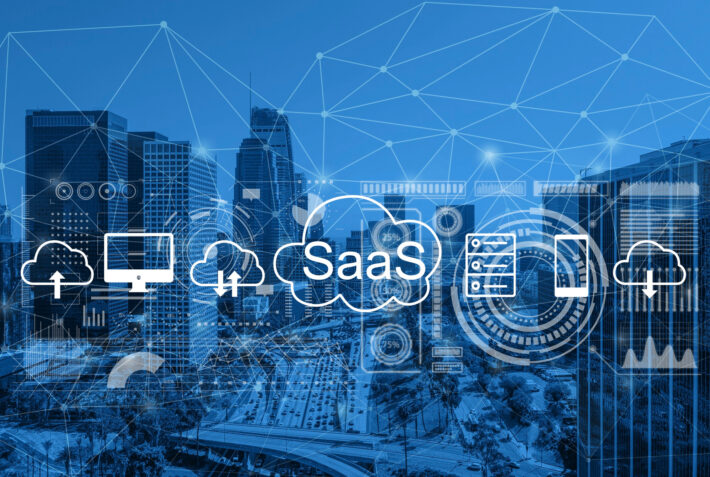SaaS vs On Premise Software: Impact on IT Infrastructure and Resources

Struggling to manage IT infrastructure for your on premise software? Cloud solutions are gaining traction, but is a SaaS model truly better? Discover the hidden benefits and drawbacks of both SaaS and on premise software to make an informed decision!
What’s the Difference Between SaaS and On Premise Software?
The main difference between SaaS and on premise software comes down to how you access and manage the software.
- SaaS (Software as a Service): This is cloud-based software. You access it over the internet through a web browser, just like Gmail or Dropbox. The vendor manages the servers and infrastructure, so it’s easier to set up and use. You typically pay a subscription fee.
- On Premise software: This is traditional software that you install on your own computers or servers. Your IT department is responsible for maintaining it. It gives you more control over the software and your data, but it’s also more expensive and complex to set up and maintain.
SaaS vs On Premise Software: List the Features Comparison
| Feature | SaaS | On-premise Software |
| User Interface | Web-based, modern | Desktop application, may be less modern |
| Mobile Access | Often includes mobile apps | May require VPN or separate mobile solution |
| Integration | API-driven, cloud-to-cloud | May require custom integrations |
| Data Analytics | Built-in, often real-time | May require separate tools |
| Collaboration Tools | Usually included | May need additional software |
| Offline Mode | Limited or none | Full functionality without internet |
| Customization | Configuration options | Full source code access for modifications |
| Backup & Recovery | Automated by provider | Managed in-house |
| Multi-tenancy | Built-in | Requires additional setup |
| Version Control | Single version for all users | Can run multiple versions |
| Resource Management | Handled by provider | In-house IT team manages |
| Audit Trails | Often built-in | May require additional setup |
| User Management | Centralized, role-based | Varies, may be more complex |
| Performance Monitoring | Provider-managed | Requires separate tools |
SaaS vs. On Premise Software: A Breakdown
Security and Data Control:
- SaaS: Security is a shared responsibility. Providers invest heavily in security, but you rely on their measures. Data control can be limited; understand the vendor’s access policies.
- On Premise: You have more control over security protocols and data location. Requires a dedicated IT team for upkeep.
Scalability:
- SaaS: Highly scalable. Easily adjust resources (users, storage) up or down with your subscription plan.
- On Premise: Scaling requires buying additional hardware or software, which can be time-consuming and expensive.
Cost Comparison:
- SaaS: Lower upfront costs with subscription fees. May be more expensive in the long run for large deployments.
- On Premise: High upfront costs for hardware, software licenses, and IT staff. Can be cost-effective for long-term use with large teams.
Integration with Other Applications:
- SaaS: Many SaaS applications offer APIs for easy integration with other tools.
- On Premise: Integration can be complex and require custom development.
Customization:
- SaaS: Limited customization options as you’re using the vendor’s software.
- On Premise: Highly customizable; you can modify the software to fit your specific needs.
Downtime and Disaster Recovery:
- SaaS: Providers prioritize uptime and have robust disaster recovery plans. However, outages can still occur.
- On Premise: You’re responsible for disaster recovery. Requires planning and investment in backup solutions.
Ease of Use:
- SaaS: Generally easier to set up and use. Updates are automatic, and minimal IT expertise is required.
- On Premise: Installation and maintenance can be complex, requiring IT support.
Vendor Lock-In:
- SaaS: Risk of becoming dependent on a specific vendor and their pricing structure. Switching providers can be complex.
- On Premise: More data portability; you can switch vendors and take your data with you.
Compliance:
- SaaS: Review the vendor’s compliance certifications to ensure they meet your industry regulations.
- On Premise: You have more control over data security and compliance measures.
Internet Connectivity:
- SaaS: Requires a reliable internet connection for continuous access.
- On Premise: Software functions independently of internet connectivity (once installed).
Overall, SaaS offers a user-friendly, scalable solution with lower upfront costs, but may limit customization and data control. On premise software provides greater control and customization, but requires a significant investment in hardware, IT support, and ongoing maintenance.
Read Buying SaaS: The Smartest Way To Buy & Manage SaaS

SaaS vs On Premise Software: Which is right for a business?
The best choice depends on the specific needs of the business:
SaaS (Software as a Service)
- SaaS is a good fit for companies with limited IT budgets, as it eliminates upfront costs for hardware and software licences.
- SaaS enables fast scalability, allowing businesses to easily add or remove users as needed.
- SaaS is suitable for companies that don’t require extensive customization, as the software is typically standardized across all customers.
- SaaS is accessible from anywhere with an internet connection, making it ideal for distributed teams and remote work.
- The SaaS provider is responsible for maintenance, upgrades, and security updates, reducing the burden on the company’s IT staff.
On Premise Software
- On premise software is better for organizations with strict data security and compliance requirements, as they have full control over their data and infrastructure.
- On premise allows for more customization and integration with existing systems, tailoring the software to the company’s specific needs.
- Organizations with the budget for upfront costs and ongoing maintenance can benefit from the full control and flexibility of on premise software.
- On premise software can be more reliable in areas with poor internet connectivity, as it doesn’t rely on a constant internet connection.
- Companies with dedicated IT staff and resources are better equipped to manage the maintenance and upgrades of on premise software.
Hybrid Approach
- Hybrid models combining SaaS and on premise software allow businesses to take advantage of the benefits of both deployment models.
- Hybrid solutions enable companies to keep sensitive data on premise while leveraging SaaS for less critical applications or specific functionalities.
Consulting with digital transformation consultants can help determine the optimal deployment model for a particular business.
StaQ.ai Can Simplify Your Software Selection Journey
StaQ.ai is your one-stop shop for navigating the world of SaaS. From marketing automation to CRM and project management, it features a carefully curated marketplace with the top SaaS solutions available. So, don’t let the complexities of digital transformation hold you back. Visit StaQ.ai today and unlock the power of SaaS to drive growth and resilience in your business!




